
Self-directed individual retirement accounts that include physical precious metals offer an easy way to diversify your portfolio with a “safe haven” asset. If you already have a precious metals IRA, you know how important it is to choose the right precious metals depository to store your assets. However, sometimes, investors may need to transfer their assets from one precious metals depository to another IRA-approved depository. For example, some investors may not be happy with the service they’re receiving from their current provider, or the depository you initially chose is under receivership.
No matter the reason, moving your self-directed IRA precious metals can be a manageable task. This article will walk you through the steps needed to move from one precious metals depository to another.
But first, let’s quickly review self-directed IRAs.
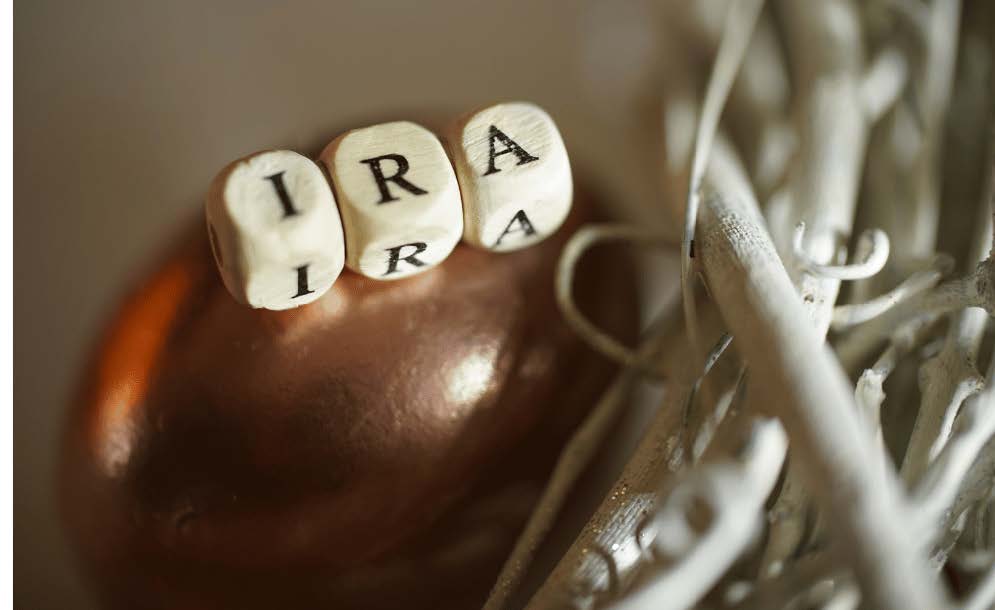
What Is A Precious Metals IRA?
An IRA is an Individual Retirement Account that allows individuals to use a savings account to generate tax-deferred or tax-free income, often used for retirement. The money held in an IRA can be invested in various ways, including stocks, mutual funds, bonds and even precious metals and real estate.
IRAs offer tax breaks to investors who contribute to them. For example, contributions to an IRA may be tax deductible, and the money in an IRA can grow tax-free. Investors must open an IRA with a bank or brokerage firm where they will present several different options ranging from Roth, Traditional, Simplified Employee Pension Plan (SEP), Nondeductible, Spousal, SIMPLE and Self-Directed IRAs.
Most IRAs allow investors to invest in stocks, bonds, mutual funds, exchange-traded funds (ETFs) and securities. However, self-directed IRAs, also known as SDIRAs, are the only option that allows investors to invest in alternative assets such as real estate or hard assets like physical gold and silver. Investors with an SDIRA must work with a qualified IRA custodian or Administrator to hold their SDIRA assets.

The Self-directed IRA Process
A precious metals IRA account is a self-directed IRA account that allows investors to invest in physical gold, silver, palladium and platinum. The self-directed IRA process is relatively simple:
- Open an SDIRA account with an authorized IRA Trustee or Administrator
- Investors then fund their self-directed IRA account either by transferring from an IRA account held at another institution or by contributing new monies into an account with your chosen IRA custodian.
- Next, investors must find a reputable precious metals dealer from which to purchase their physical gold, silver, platinum or palladium.
- The investor selects the precious metals they wish to purchase. The precious metals dealer will send an invoice to the IRA custodian, who will fund the purchase as part of the investor’s self-directed IRA.
- Finally, investors must select an IRA-approved depository to store their SDIRA precious metals. Reputable precious metals dealers and IRA custodians have established relationships with various IRA-approved depositories, the investor must choose which affiliated depository to use for their storage needs.
Self-directed IRA Advantages
The main advantage of a traditional IRA invested in precious metals is that it allows investors to defer taxes on any income or capital gains. Any profits from selling your physical precious metals will not be taxed until you’ve withdrawn them from your SDIRA account.
Of course, there are some disadvantages to a precious metals IRA account. First, a self-directed IRA account requires investors to participate actively in their investments. Although custody of precious metals purchased within a self-directed IRA will be managed by a custodian or IRA trustee, there are a few decisions that investors must make themselves, including choosing a custodian, choosing a storage facility and which metals they want to purchase. Furthermore, SDIRA custodians are not allowed to give investors investment recommendations.
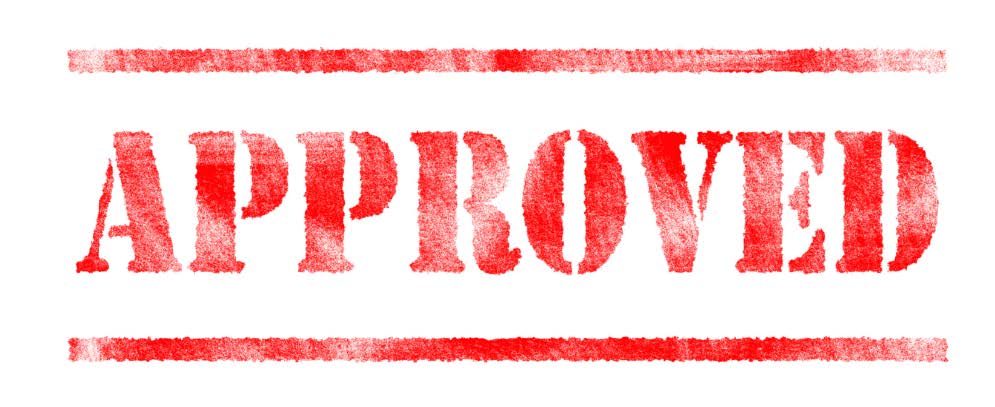
What is an IRS-Approved Depository?
A self-directed IRA that contains precious metals must be stored in an IRS -approved depository is a third-party storage facility approved by the federal government’s Internal Revenue Service (IRS) to store physical precious metals investments. When investors purchase precious metals for their SDIRA, the IRS assets to be held in custody by a secure and approved storage facility.
There are a few IRS-approved depositories to choose from (although, as mentioned above, not all depositories are authorized to hold SDIRA precious metals), and it is essential to do your research before selecting one. SDIRA Investors are also encouraged to ask any questions about the storage process to be confident that their investments are safe and secure.
International Depository Services of Delaware (IDS of Delaware) and International Depository Services of Texas (IDS of Texas) are both IRS-approved depositories and are authorized to store precious metals IRAs. International Depository Services of Canada (IDS of Canada) is approved to hold precious metals within Registered Savings Plan (RSP) accounts, which include Registered Retirement Savings Plan (RRSP) accounts and Tax-Free Savings Accounts (TFSA).
Reasons SDIRA Investors Change Approved Depositories
Investors differ in what they expect from their precious metals IRA-approved depository. For example, one possible reason an investor might move depositories is that they are unhappy or unsatisfied with the services offered by the facility. In addition, changes to policies, services or the overall management of the facility may be other reasons for an investor to move their precious metals to a new facility.
While the individual investor decides on what type of qualifying metal to hold in their IRA accounts and where to store these assets, the true account owner is the IRA. The IRA is an investment vehicle that requires the oversight and control of a custodian. The SDIRA custodian oversees all reporting and oversight of the assets at the depository. Custodians set the fees and control all movements within the SDIRA. The individual account holder deals exclusively with the IRA custodian.
The cost and fees associated with a specific facility can also cause an investor to move depositories. While you may be tempted to go for the lowest price, this may not always be advisable. Once it is determined that a move is necessary and permitted, the investor should research which IRA-approved depository is the most secure option and offers the best services, including segregated storage.
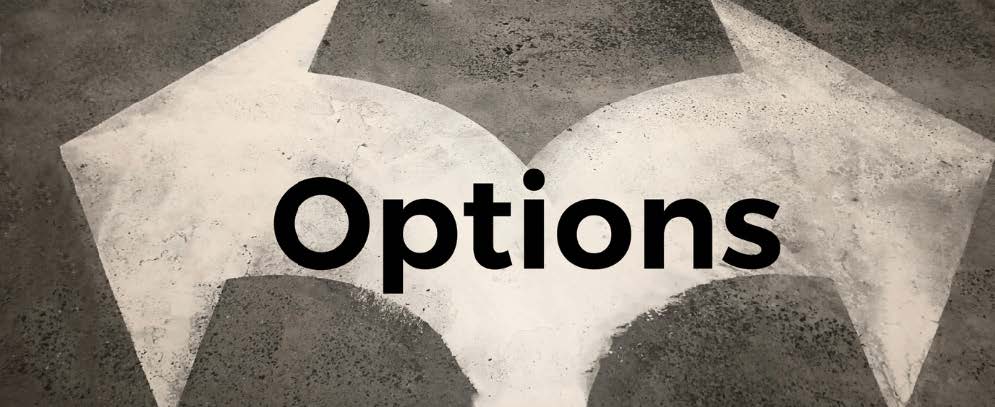
IRA-Approved Depository Options
Self-directed IRA (sometimes referred to as gold IRAs) accounts have specific restrictions regarding the storage and physical possession of precious metals. Per the IRS, SDIRA account holders that contain precious metals are prohibited from physically possessing their assets. This means that physical precious metals purchased through an SDIRA must be stored in an IRS-approved third-party facility like a specialized precious metals depository.
Precious metals depositories are secure facilities dedicated solely to safeguarding and storing physical precious metals. Precious metals depositories provide the highest security, insurance coverage and reporting level for physical investments. Most precious metal depositories are privately owned entities that serve bullion and numismatic market participants and private investors. Fees are determined by the IRA Custodian or Administrator and each precious metals depository may charge different fees for its services. An investor’s budget will often play a role in selecting a precious metals depository.
How to Transfer your Precious Metals IRA Account Holdings To A Different IRA-Approved Depository
Initiating a transfer from your existing IRA-approved depository to the new facility can be simple. In many cases, your SDIRA custodian or trustee should be able to handle the transfer of facilities directly with the precious metals depository on your behalf. You will need to take the following simple steps:
- Select a new IRA-approved precious metals depository (Your SDIRA custodian will likely have a list of options.)
- Contact your chosen SDIRA custodian or trustee and inform them of your desire to transfer facilities.
- Finally, discuss the next steps with your SDIRA custodian or trustee.
International Depository Services Group readily accepts SDIRA precious metals transfers. However, investors must contact their SDIRA custodian or trustee first, informing them of their desire to transfer their SDIRA precious metals to International Depository Services.
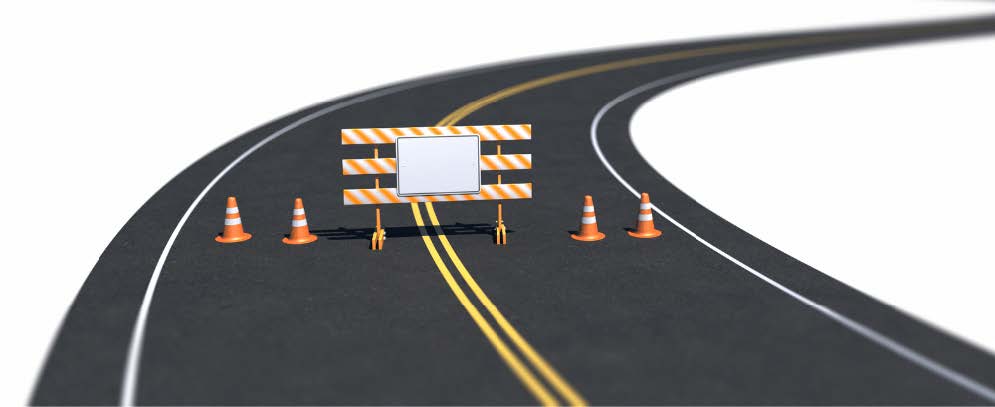
What Can Get In The Way Of My Transfer?
Receivership
A precious metals depository receivership is a legal process in which a court-appointed entity, usually a lawyer, takes temporary possession of physical assets, such as gold, silver and platinum, from the depository. The purpose of a receivership is to protect the assets while the courts determine who owns them and what should be done with them. A court-appointed receiver may be necessary if the depository is experiencing financial difficulties, or its owner or operators cannot meet customer obligations. The receiver may take possession of the assets of the depository, including all stored precious metals and cash on hand. They will then manage the assets and notify depositors of the need to move those assets to another depository. In the case of IRA accounts, account holders can take delivery if they have reached the minimum age for distributions of 59 and a half. Account holders who have not reached this age but wish to take delivery of assets and who will be taking an early distribution and will be required to pay tax on these holdings. If an account holder wishes to take physical possession, they should check with their tax attorney to determine any taxable implications of this action.
If an SDIRA investor’s current storage facility comes under receivership, the transfer of metals may be delayed as the transfer will be required to go through the court-appointed receiver. If the facility where you currently store precious metal IRA assets has come under receivership, you will be notified by the receiver as to what assets are there and what your next steps will be to move them. You will still request a depository transfer of your precious metals IRA holdings; in most cases, you will need to act quickly to move the metals per the receiver’s guidelines.
IRA Account Restrictions
As mentioned above, the IRS has strict requirements for SDIRA storage. If you take physical possession of your IRA assets, prior to the legal age, you will be taxed. Depositors who have reached the minimum age of 59 ½ may begin withdrawing assets from the IRA for liquidation or delivery without penalty. Check with your tax accountant for current regulations.
Transfer Costs
Some facilities will charge fees to transfer existing holdings to another IRA-approved depository.
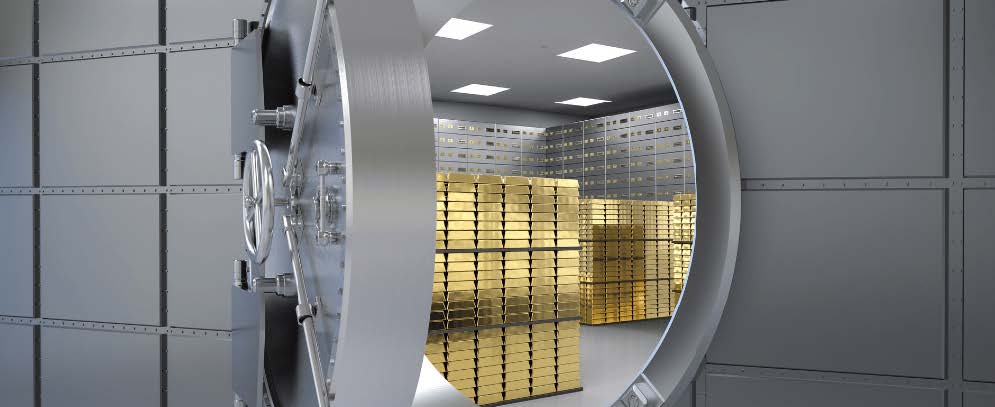
Moving from one IRA-approved depository to another can be a simple procedure; however, lack of information and other factors can hinder or postpone the process. You should monitor your current depository for pending lawsuits, external and internal audits procedures, security and negative reviews If the precious metals storage facility is no longer meeting your needs, use this guide to navigate how to select a precious metals depository.
Self-directed IRA investors appreciate International Depository Services Groups’ security, segregation of metals and speed when processing metal movement requests such as deposits, liquidations or distributions. In addition, IDS of Delaware and IDS of Texas have relationships with the most elite, service-oriented IRA administrators and trust companies. No matter your choice, your IRA-approved depository should fulfill your expectations, be a secure storage site and provide you with peace of mind that your investment is secure.
To learn more about the IRA-approved International Depository Services Group visit https://internationaldepositoryservices.com
